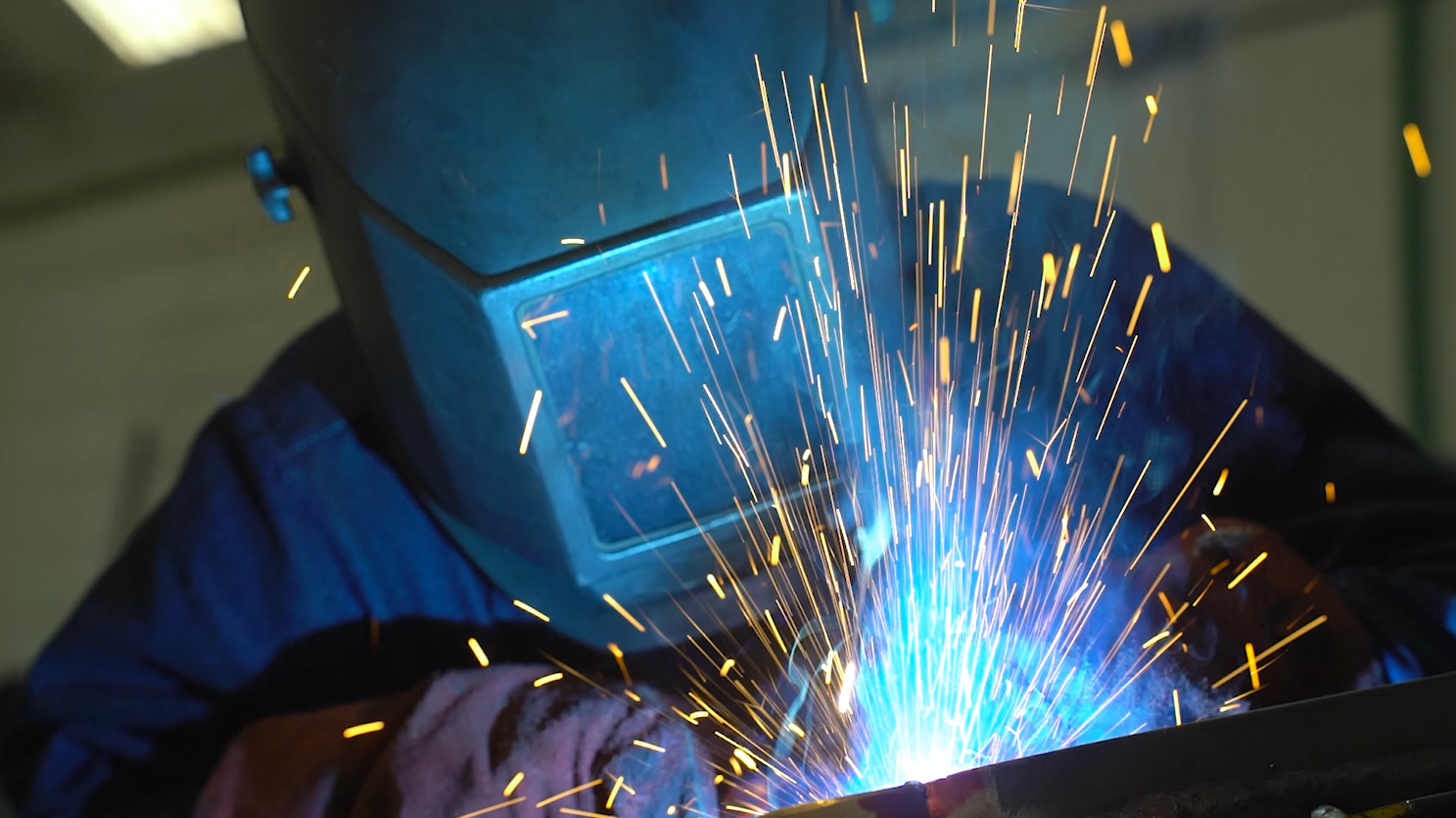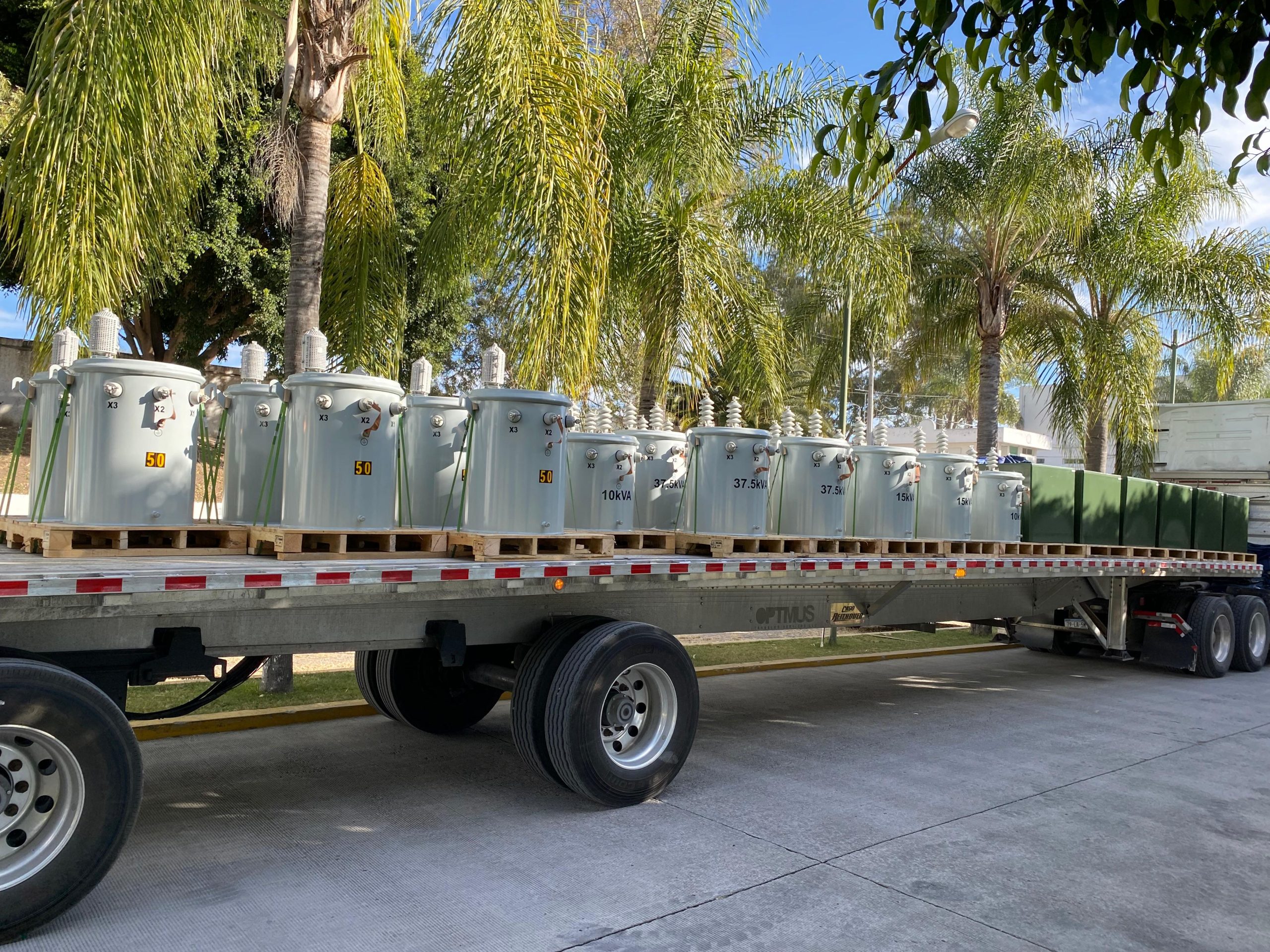In today’s energy sector, efficiency isn’t just about how much power a transformer can deliver—it’s about how responsibly we use the resources behind it. Every transformer represents tons of copper, steel, oil, and insulating materials that can be given a second life through circular economy practices. This approach reduces waste and costs, strengthens sustainability, and improves long-term reliability. In this guide, we explain what circularity means for transformers, how to evaluate second-life candidates, what a modern remanufacturing scope includes, and why this path can deliver up to 40% cost savings versus buying new—while cutting lead times and CO₂.
Why Circular Economy Matters for Power Transformers
- The resource footprint of a transformer: Transformers concentrate critical materials—copper windings, laminated steel cores, mineral dielectric oils, and specialized insulators. Circularity keeps these materials in productive use longer and lowers dependence on fresh extraction.
From linear to circular: shifting CAPEX/OPEX and risk: A circular approach turns “replace and scrap” into extend → remanufacture → recycle. You preserve capital, reduce downtime risk, and create a predictable pipeline of serviceable assets.
- Regulatory & ESG drivers: Tighter environmental standards and corporate sustainability targets are accelerating adoption. Circular transformers help organizations meet ESG goals without compromising reliability.
What Circular Economy Means for Transformers
- Extend service life: Preventive maintenance, oil analysis, thermography, and targeted upgrades (gaskets, bushings, cooling) slow degradation before failure.
- Reuse components: When units retire or are damaged, salvageable subassemblies—cores, tanks, radiators, accessories—can be qualified and repurposed.
- Recycle materials: Copper and steel return to production; dielectric oils are filtered and regenerated; housings and insulators are processed safely—closing the materials loop.
Technical Assessment for Second-Life Equipment
- Insulation & core testing: Run insulation resistance and polarization index tests; analyze core losses; perform DGA to detect incipient faults and moisture issues.
- Coils, connections & dielectrics: Inspect windings, tap changers, terminations, and solid dielectrics for hotspots, tracking, or contamination. Establish pass/fail thresholds.
- Tank integrity, seals & accessories: Evaluate tank thickness, corrosion, gasket health, bushings, and accessories (gauges, valves). Confirm safety and leakage standards.
Recycling Valuable Materials (Safe, Compliant, Traceable)
- Dielectric oil regeneration: Filter and regenerate to remove particulates, acids, and moisture; verify against accepted standards before return to service.
- Copper & steel recovery: Melt and re-roll copper and steel back into windings and cores, reducing upstream carbon intensity.
- Housings & insulation: Process housings and non-reusable insulation with compliant handling to minimize environmental impact.
Remanufacturing: Turning Old Equipment into Modern Assets
- Rebuild scope: Replace or upgrade cooling systems, seals, wiring looms; refurbish cores and windings where feasible; align to current specs.
- Digital retrofit: Add IoT sensors and online monitoring (temperature, moisture, vibration) for predictive maintenance, load optimization, and life extension.
- Verification & tests: Run FAT/SAT: ratio, polarity, insulation resistance, induced/short-circuit tests; document performance and warranty.
Costs & Sustainability: The Business Case
- Up to 40% cost savings vs new: Lifecycle economics typically show double-digit CAPEX savings; circular paths also mitigate lead-time bottlenecks.
- CO₂e reduction & waste avoidance: Every remanufactured unit avoids tons of new materials and the emissions tied to them.
- Incentives & compliance: Leverage regional programs and environmental standards to support recycling and remanufacture projects.

Implementation Roadmap (From Audit to Second Life)
- Fleet audit & criticality ranking (age, failure modes, load profile)
- Test plan & candidate selection (DGA, IR, core losses, visual)
- Reman scope & BOM freeze (specs, standards, interoperability)
- Quality gates (FAT/SAT), warranty, documentation, acceptance
- Monitoring plan & KPI dashboard (MTBF, load factor, hotspot, moisture)
Energy That Renews Itself
Circular economy principles are reshaping not only how transformers are built, but how we think about energy itself—as a resource that can be transformed, renewed, and improved across multiple lifecycles. Every transformer has an energy story that doesn’t have to end with its first failure. With the right assessment, remanufacturing scope, and monitoring plan, your fleet can deliver lower costs, shorter lead times, and measurable CO₂ reductions.
At United TRS Electric, we believe true power lies in energy’s ability to transform, renew, and keep creating value.

